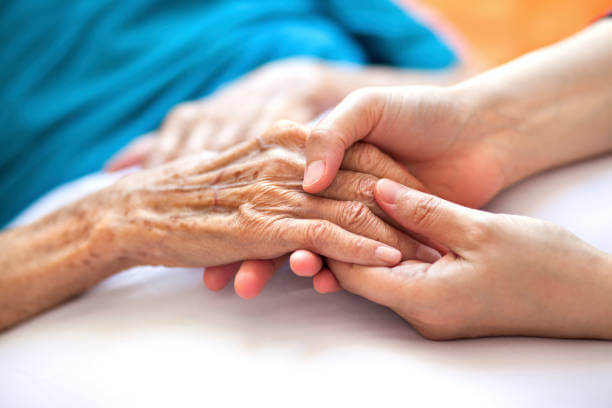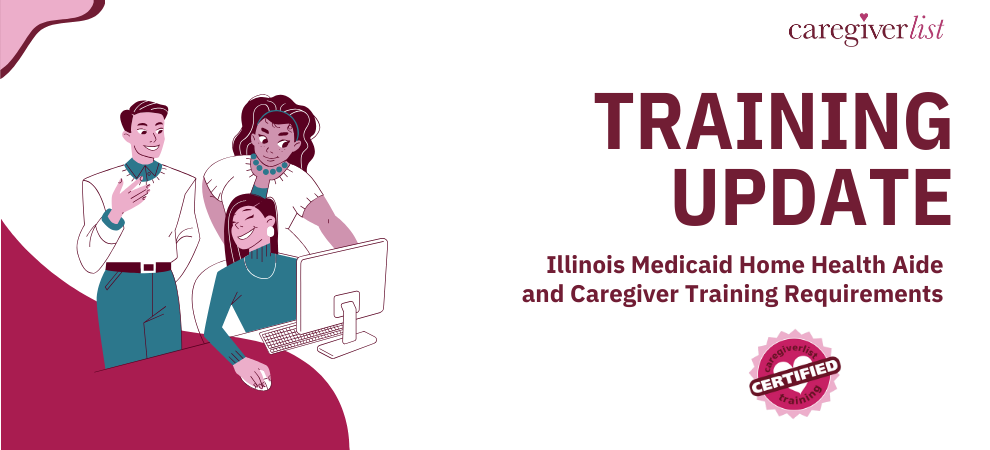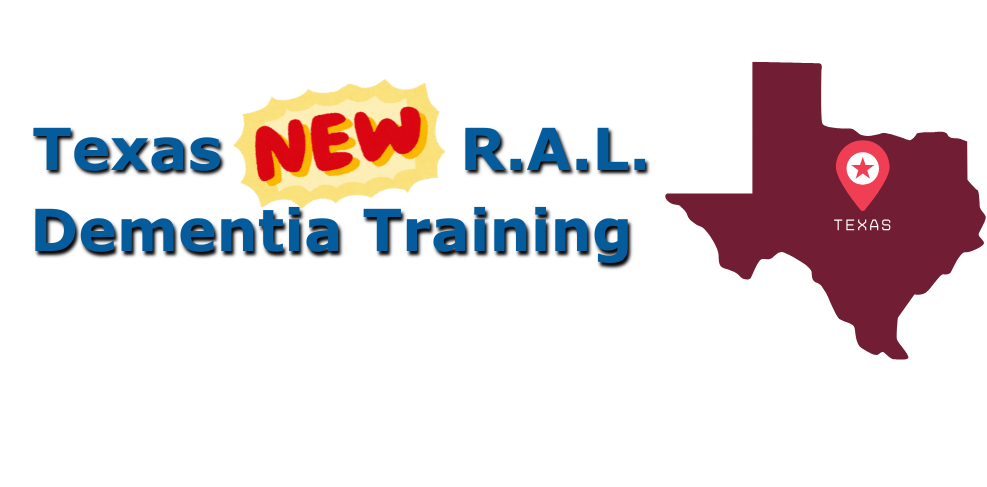In a previous post, we discussed the fact that Nancy Reagan recently fractured some ribs after a fall in her home. Accidents are shown to occur more frequently as we age, which becomes a problem — especially when one doesn’t have a phalanx of caregivers to make sure you get immediate medical attention.
Living alone is what most elderly do when they outlive a spouse. And while the familiar surroundings and routine can give much comfort, and the feeling of independence is desirable, family members may be a bit apprehensive to let their loved one live alone in case of emergency. So what is the solution for the senior who lives alone, doesn’t yet need help with ADLs (Activities of Daily Living), and needs the peace of mind that comes with knowing that help is readily available if needed?
First developed in the 1970s, Home Alert Systems were created to help those living alone at home and consisted of little more than a wireless transmitter that, when pressed, sent a preprogrammed message to emergency medical personnel. Technology has given rise to amazing strides in home medical alert systems. The basis of modern systems remains similar to that of their predecessors—a stationary console with speaker and microphone, and a transmitter worn as a pendant or bracelet. However, new systems are much more advanced and their technology has made them more powerful, and therefore more helpful, than ever.
Look for these new technological breakthrough features when deciding on a Home Medical Alert System.
For active seniors on-the-go, some medical alert systems come equipped with GPS tracking, enabling complete monitoring everywhere the user goes.
Automated medical dispensers dole out daily medication in the right amount at pre-programmed times.
Look for reliable systems that work with wireless phones. As more people switch from landlines to cellular phones, it’s important that systems that were designed to work with analog technology upgrade to true wireless capability.
Of course, no transmitter works unless it’s worn. Some systems deliver voice messages to users and caregivers if the user forgets to wear the device. Here again, technology fills a need. According to AARP, Philips Lifeline, “the market leader with 750,000 customers, recently released its new AutoAlert system, which detects falls automatically, summoning help without relying on its user to push a button.” It’s been shown to accurately detect 95% of home falls.
Once a senior gets too frail, nothing will take the place of a quality caregiver. Until then, technology is proving to up the ante in allowing seniors to live home alone.







